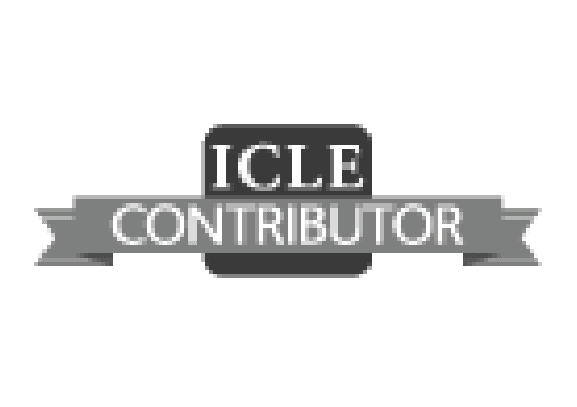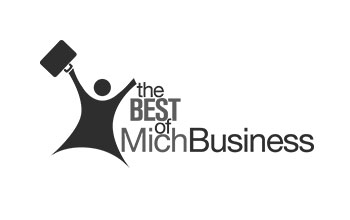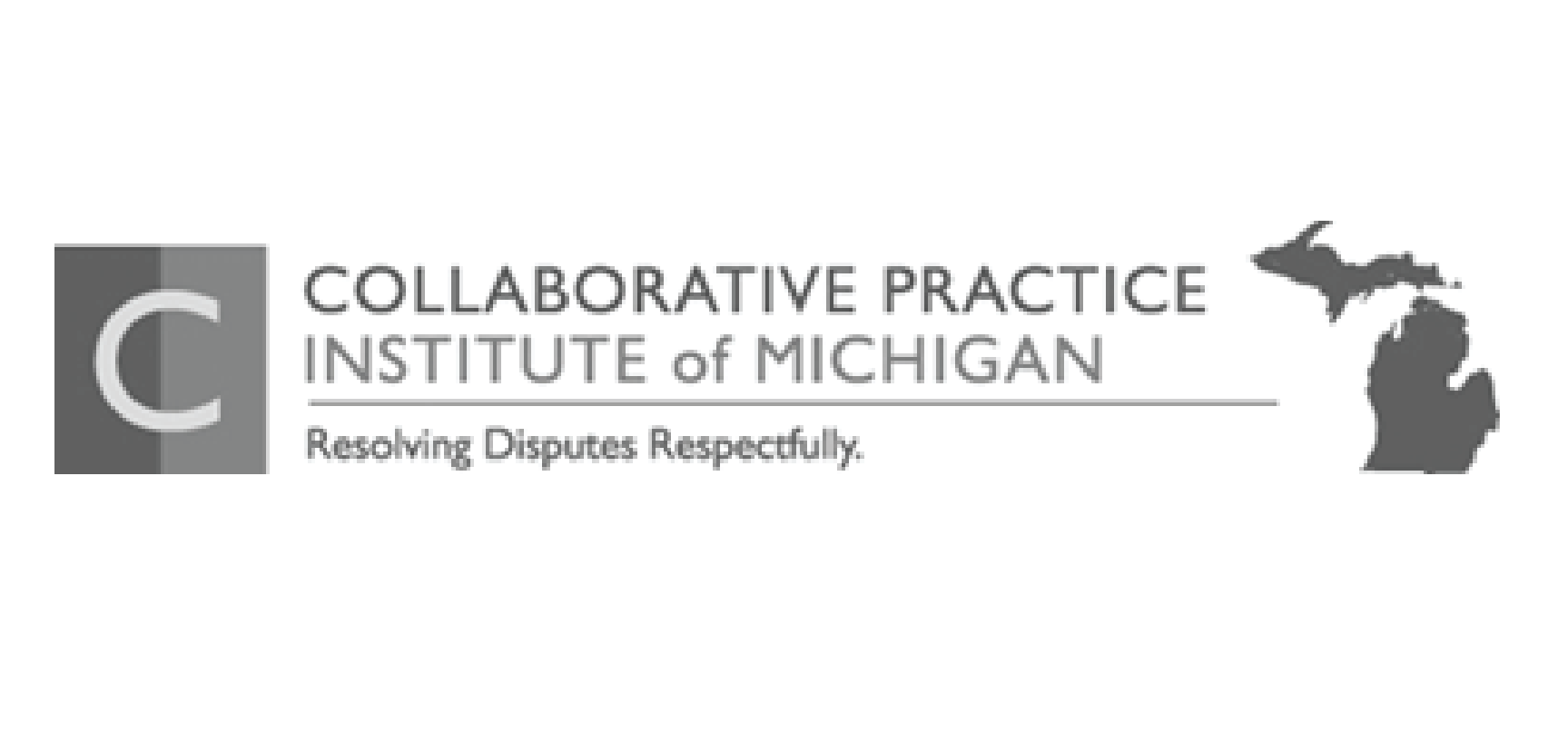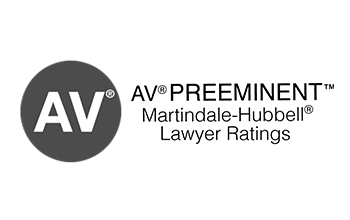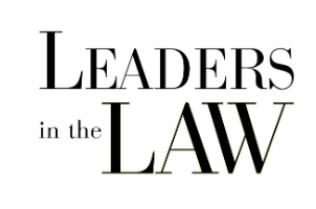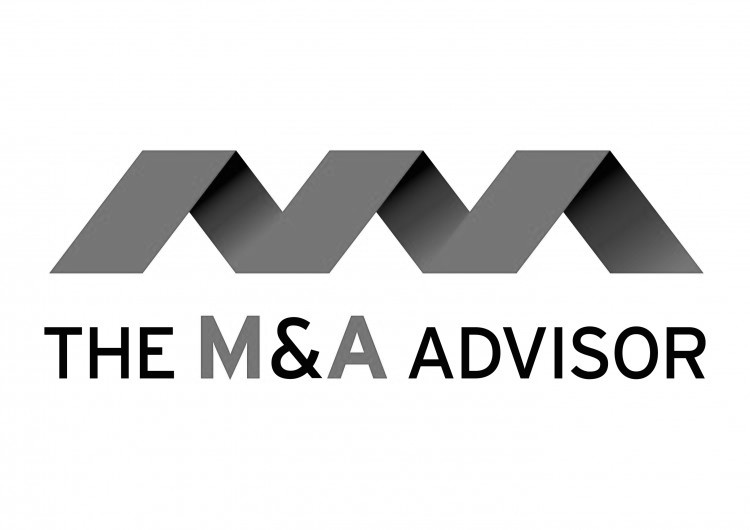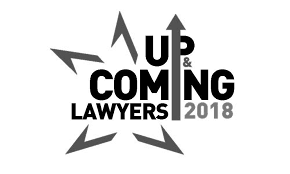Conduit Loans Are Back…proceed With Caution
January 04, 2016 Category: Commercial Real Estate
Attention Michigan owners of commercial real estate; conduit lending has made a dramatic comeback from the crash of 2008. It took some time but conduit loans have been readily available for qualified projects, not just trophy properties, even in Michigan. Conduit mortgage loans provide better rates in exchange for pre-approved “standardized” documents and underwriting that allows for a minimum of negotiation with respect to loans in excess of $1,000,000. These loans also generally require individual guaranties for certain carve-out “bad” acts such as distributing income before taxes are paid or failing to file tax returns. Once closed the “standardized loan” is then pooled with other similar loans and sold on the secondary market to investors.
But yes, there is a “but” to the good news with respect to loan availability. There are many conduit lenders and there are meaningful differences between them. Ever since the Wells Fargo v Cherryland Mall case, caused the Michigan legislature to pass the Michigan Nonrecourse Mortgage Loan Act (MCL 445.1591 et. seq.) lenders have been careful (and some have been sneaky) about including insolvency recourse language in loan documents. The Act prohibits a lender from enforcing a loan against a borrower or guarantor for a violation of a borrower representation that it will remain solvent during the course of the loan. Even so, some lenders have kept the prohibited insolvency language in their documents requiring a borrower to either negotiate the language away (which is commonly done) or force a guarantor to rely upon the statute as a defense in court if there is a case filed as a result of the default. For a guarantor, that is a very disadvantageous position.
Interestingly and alarmingly, many conduit non-recourse loan documents specifically prohibit a borrower or guarantor from asserting any defense! This places a guarantor in a no-win situation if there is a default on the loan. I question whether an insolvency covenant would be upheld in Michigan as a result of the covenant not to defend but who wants to take the chance? Many loan documents still include carve-outs that remain outside the control of the borrower or guarantor such as a carve-out for a third party filing an involuntary petition in bankruptcy or some unknown third party spilling a barrel of toxic waste at the mortgaged property. Any carve-out that is based upon the acts of third parties, and thus outside the control of the borrower, should be negotiated away. There are then two critical points to take away from this blog post; 1) read your conduit loan documents carefully; and 2) recognize that there really is a difference in loan documents between conduit lenders; so shop around.









